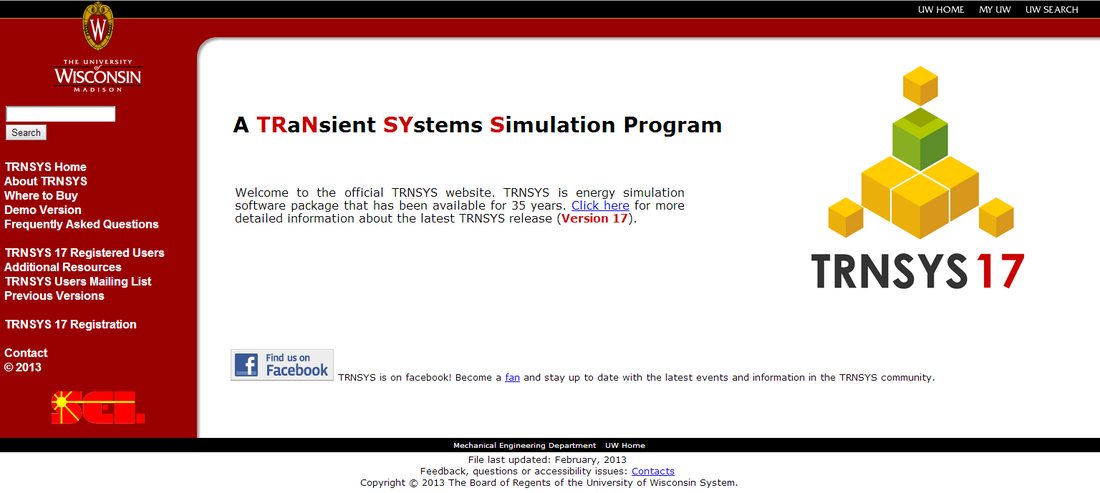
In this experimental study, only the standby mode was considered. In the standby mode, there is no forced water flow into or out of the tank.

In the discharge mode, water flows from the storage tank through the distribution pipes to the faucets and cold city water enters the tank. In the charging mode, the tank receives energy from the solar collector. Heat losses from a storage tank and its plumbing fittings involve three different operating modes: charging, discharging and standby. To evaluate the model's accuracy, actual data was used and compared to predicted values obtained from TRNSYS 2. a good approach for simulating various solar energy systems, this program has not been validated using actual experi- mental.

Overall TRNSYS can simulate all thermal and renewable generation except nuclear, wave. This study is intended to address only that part of the problem that deals with the plumbing fittings attached to the tank. Transient Simulation Program (TRNSYS) has become recognized and accepted. TRNSYS is a transient systems simulation program that has been. Unfortunately, this generalized formula does not adequately address temperature stratification both within the tank as well as in the ambient air surrounding the tank, non-uniform insulation jacket, thermal siphoning in the fluid lines attached to the tank, and plumbing fittings attached to the tank. The methodology is applied in a building such as a prototype room built with concrete panels with PCM.= T. One of its original applications was to perform dynamic simulation of the behaviour of a solar hot water.
TRNSYS SIMULATION PROGRAM SOFTWARE
TRNSYS is a commercial software package developed at the University of Wisconsin. Experimental evaluation of the coefficient is presented. TRNSYS is a simulation program primarily used in the fields of renewable energy engineering and building simulation for passive as well as active solar design. The key parameter in the simulations is the equivalent heat transfer coefficient which has to be determined for each material. This procedure does not aim a simulation of the real transfer processes inside the materials with PCM, but to evaluate the influence of walls/ceiling/floor with PCM in the whole energy balance of a building. In this paper a simple methodology for the energetic simulation of buildings including elements with PCMs using the program TRNSYS is presented and validated. Therefore, these projects require a complete simulation of the thermal behaviour of the designed space in the conditions of use established a priori. It recognizes a system description language in which the user specifies the components that constitute the system and the manner in which they are connected.

This email list helps the TRNSYS users learn from each other and share relevant information. It is used by researchers and engineers throughout the world. The thermal improvements in a building due to the inclusion of PCMs depend on the climate, design and orientation of the construction, but also to the amount and type of PCM. TRNSYS is a transient systems simulation program with a modular structure. TRNSYS (pronounced 'TRAN-sys') is a transient thermal energy system simulation program first developed at the University of Wisconsin-Madison. An interesting possibility in building application is the impregnation of PCMs into porous construction materials, such as plasterboard or concrete, to increase thermal mass. The use of phase change materials (PCMs) for thermal storage in buildings was one of the first applications studied, together with typical storage tanks.


 0 kommentar(er)
0 kommentar(er)
